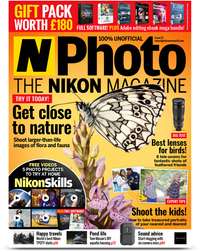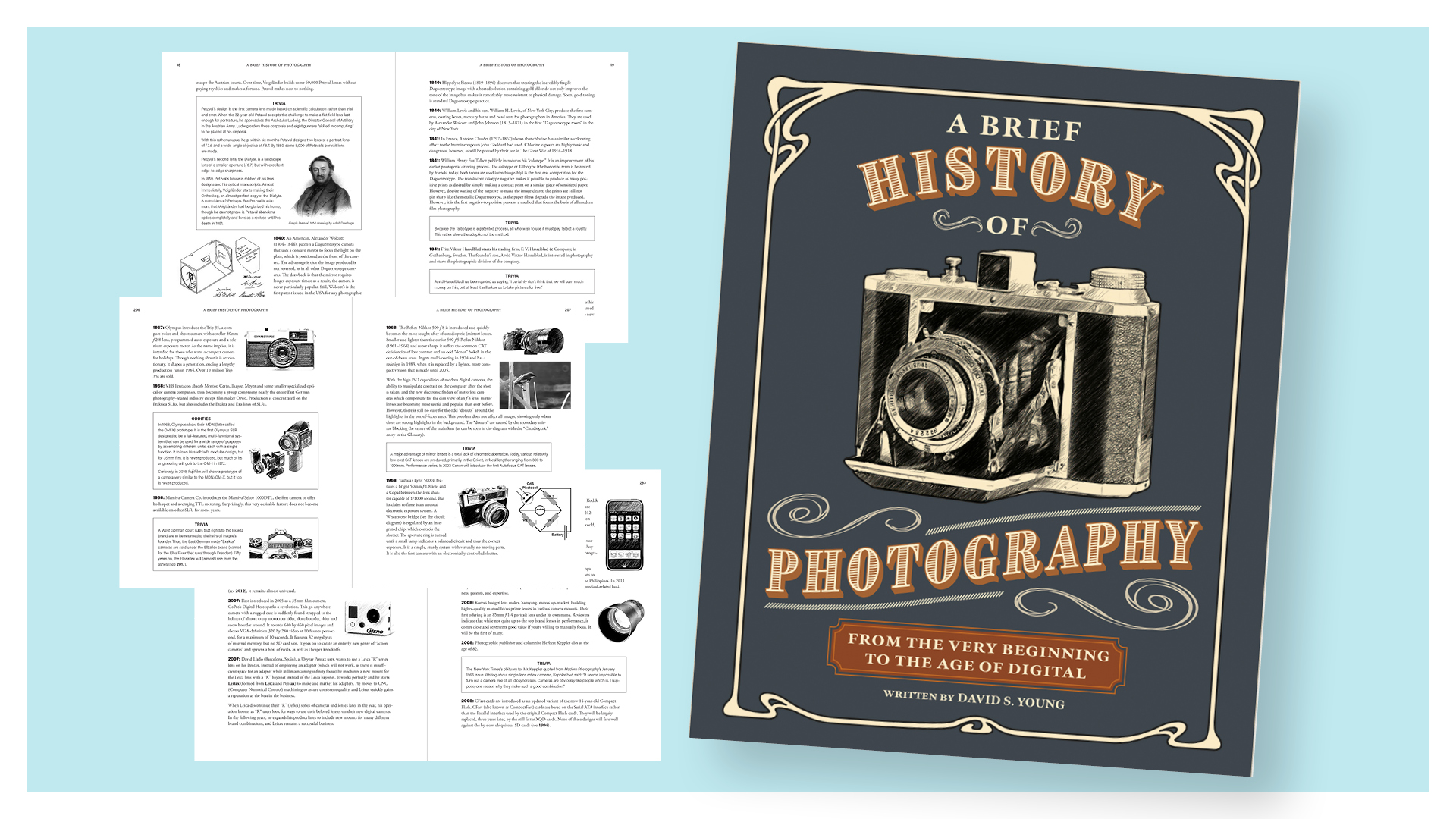Opinion: Used camera lenses are a great buy for photographers on a budget
The huge selection of second-hand lenses on the market is a veritable goldmine for those on a budget

It’s often said that the best lenses are more important than the best cameras. And although it’s hardly a revelation, it’s something I experienced first hand when I bought my first 'serious' camera and was forced to buy used camera lenses.
I’d decided I had outgrown my entry level DSLR, but in reality, I’d outgrown my only lens. I saved and saved and eventually blew all my funds on a second-hand Nikon D800, which I still use today. It wooed me with its big sensor and beefy body, and when I held it up to a mirror and looked through the viewfinder (I actually did that) there was no doubt about it, I looked every bit the pro photographer.
I spent the next few months waiting for a creative renaissance that never happened. It soon became clear that despite my camera’s incredible boost in resolution and functionality, any attempt to broaden my photography horizons was being stifled because I still only had one lens; a full-frame nifty fifty I was forced to borrow from a friend.
Choosing to shoot with a single lens isn’t necessarily a bad thing. It’s often said that limitations can boost creativity and, when you’re starting out, multiple lenses can arguably distract you from focusing on the fundamentals. But when the time is right, lifting the lid on lenses is like entering a whole new realm of creativity – we don’t call 'em interchangeable lens cameras for nothing!
An ideal starting point is to acquire a ‘holy trinity’ – three zoom lenses that cover focal lengths from ultra-wide to telephoto – so you can try your hand at almost any genre of photography. However, opting for the latest and greatest glass might not be viable if you’re on a tight budget or still finding your photography feet. My thrifty solution was to turn to the second-hand market.
One of the huge advantages of shooting Nikon is the seemingly endless selection of used F-mount lenses. And while older optics may lack the smooth AF, advanced coatings and incredible stabilization of the latest lenses, these features aren’t essential. The trick is to identify what you can do without.
After all, AF isn’t imperative for astro or macro. You don’t need stabilization to shoot landscapes. And fast lenses aren’t crucial for shooting architecture. Nikon is arguably churning out its best lenses ever, but it has always made top-quality glass. Plenty of used fan favorites are still lauded for their image quality, enabling you to expand your creative possibilities without breaking the bank.
Get the Digital Camera World Newsletter
The best camera deals, reviews, product advice, and unmissable photography news, direct to your inbox!
N-Photo: The Nikon Magazine is a monthly publication that's entirely dedicated to Nikon users. For the best news, reviews, projects and more, subscribe to N-Photo today!
Read more:
Best lenses for Nikon D850
The best camera under £500
The decade-old Nikon D800 is still a beast
The best Nikon lenses
The best Nikon camera

Mike is Digital Camera World's How To Editor. He has over a decade of experience, writing for some of the biggest specialist publications including Digital Camera, Digital Photographer and PhotoPlus: The Canon Magazine. Prior to DCW, Mike was Deputy Editor of N-Photo: The Nikon Magazine and Production Editor at Wex Photo Video, where he sharpened his skills in both the stills and videography spheres. While he's an avid motorsport photographer, his skills extend to every genre of photography – making him one of Digital Camera World's top tutors for techniques on cameras, lenses, tripods, filters and other imaging equipment – as well as sharing his expertise on shooting everything from portraits and landscapes to abstracts and architecture to wildlife and, yes, fast things going around race tracks...

